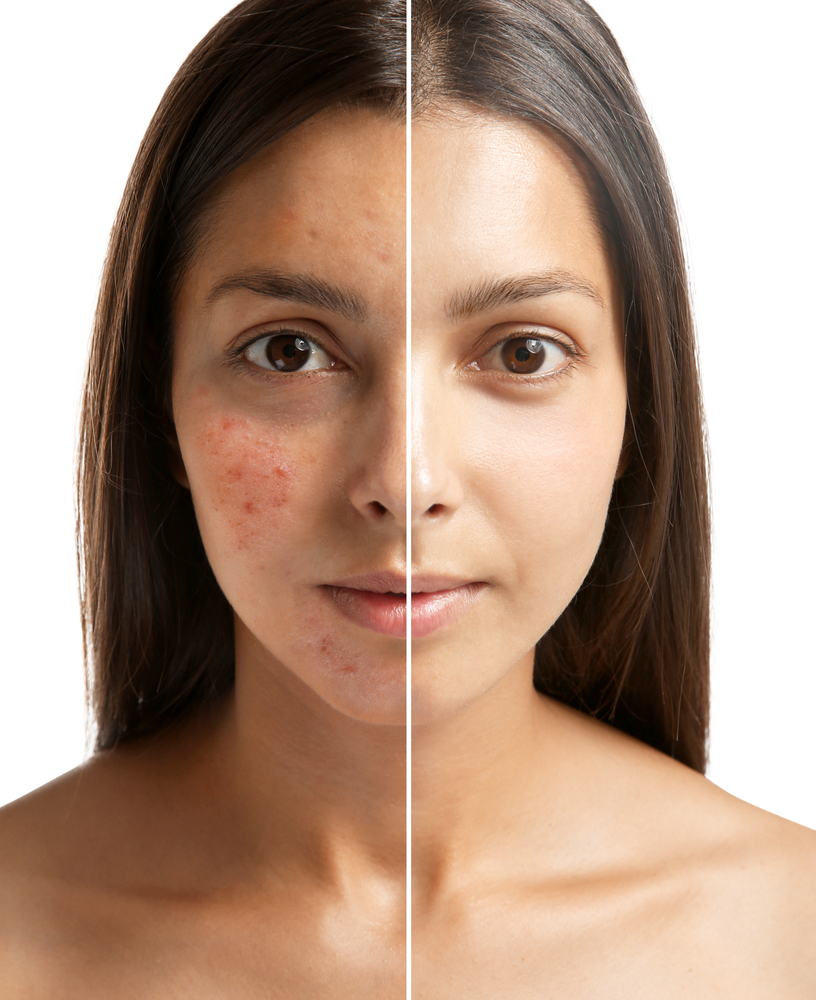Dark spots
After a pimple is healed a spot could be left on the skin, however, these spots are not scars, they are pigmentation spots. These spots are known as post-inflammatory hyperpigmentation (PIH). PIH is a condition in which an injury or inflammation to the skin causes increased pigment production. Often, PIH would appear pinkish at first but sometime later it turns brown and darker than the skin-tone. If PIH is mistreated the marks would take a very long time to heal, months and even years. The darker the skin-tone the more melanin it produces, therefore the chance of pigmentation increase. PHI can be distressing just as much as acne itself and sadly, take longer to heal.
The good news is- anyone that tends to develop spots can prevent their appearance, treat them if they do appear and get great results
The first step-treat acne-prone skin on a daily basis and prevent acne breakouts. Stopping the breakouts before they begin, by acting inside the deep skin layers will help prevent inflammatory acne and as an outcome reduce spots, marks or scars. If you already have spots on your skin, those can be lightened with products containing vitamin A, such as our RETIN A skin-care line. Some other methods you can use are peeling products based on mandelic acid, laser treatments or microdermabrasion.
You can get good results from home-care use of products dedicated to treat acne-prone skin and acne-damaged skin. ACNON’s OVERNIGHT TREATMENT cream not only reduces acne, it also contains ingredients that will help you alleviate marks of pre-existing acne.
Second step- – sun exposure triggers melanin production (happens when you get a ten due to UV radiation), that is why it is very important to protect your skin when going outside. Wearing a non-comedogenic sunscreen, such as SUN CARE MOISTURE BROAD SPECTRUM SPF 30, is crucial in preventing pigmentation and achieving an even skin-tone.

